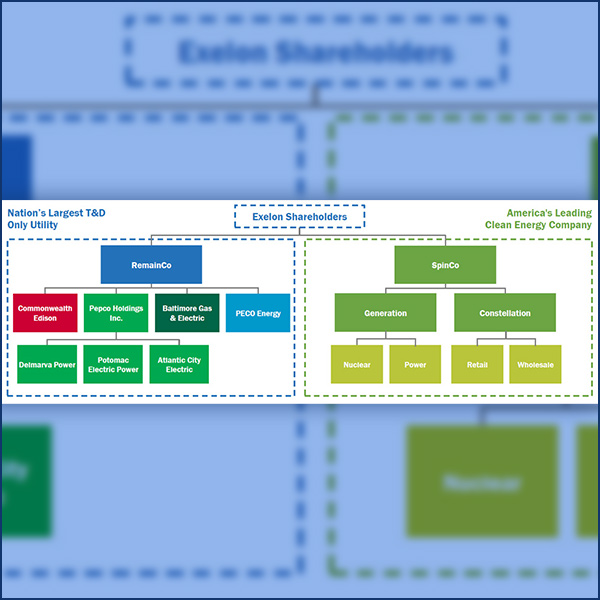
Entergy CEO Leo Denault began the company’s year-end earnings call by addressing severe winter weather that overwhelmed ERCOT, MISO and SPP last week. Entergy carried out MISO’s orders to perform rolling blackouts in order to balance the system. (See ERCOT, MISO, SPP Slough Load in Wintry Blast.)
“Our system is back to normal operations,” Denault announced.
Denault said employees “worked around the clock in difficult conditions” to complete restoration the morning of the earnings release. The winter storm caused a peak of about 90,000 outages in Entergy’s service territory.
Entergy estimated that the event caused $400 million worth of incremental fuel costs and another $125 million to $140 million to mobilize crews and restore power. Denault said the utility will work with regulators to recover costs in a way that mitigates impacts on customer bills.
CFO Drew Marsh said Entergy is still “unpacking” the events of last week. While it does, it will file with regulators in Texas, Louisiana and New Orleans to recover costs from last summer’s back-to-back hurricanes that rocked those service territories. Denault said Entergy would seek to securitize the costs to shield ratepayers. (See MISO Looks Back on Turbulent Summer.)
The recent winter storm coupled with the active hurricane season means Entergy has followed MISO load-shed orders twice in fewer than six months.
In spite of the storms, Entergy managed year-end earnings of almost $1.4 billion ($6.90/share), compared to 2019’s $1.2 billion ($6.30/share). For the quarter, Entergy said it earned $388 million ($1.93/share), better than last year’s fourth-quarter performance of $385 million ($1.92/share).
The financial performance shows that Entergy can “achieve goals regardless of circumstances,” Denault said.
Entergy’s $800 million in transmission investments in 2020 helped it weather Hurricane Laura, Denault said. He said some new structures “withstood record winds” and “were critical in restoring power after the storm.”
Marsh said the utility implemented $150 million in cost-cutting measures in 2020, eclipsing an original $100 million cost savings target for the year. The savings offset lower retail sales volume, including COVID-19 impacts and storms, Entergy said.
Denault said Entergy created “sustainable value for all our stakeholders, even in extraordinary times.”
“This past year, our employees demonstrated once again why Entergy is best-in-class in storm response,” he said.
Embracing Solar
Denault said renewable energy — particularly solar generation — will be a key player in Entergy’s strategy.
“We have approximately 450 MW of solar projects currently being installed. We have another 880 MW of solar resources either in regulatory review or [requests for proposals]. We plan to solicit another 800 MW of solar this year,” Denault said. “This is only the beginning. And we will continue to grow the number of renewable energy facilities across our region.”
Entergy currently has about 500 MW of renewable resources in operation.
By 2030, Denault said Entergy’s generation portfolio will contain 5 GW of renewable generation “with the potential for more.” He said that over the next decade, the utility will retire about 4 GW of legacy natural gas plants “along with the remainder of our coal assets.”
Denault said going forward, Entergy won’t build any large-scale generation that isn’t at least partially hydrogen capable. He said that while the company’s near-term carbon reductions goal doesn’t include a hydrogen strategy, he believes it will be essential in reaching net-zero emissions.
Entergy in fall said it would achieve net-zero carbon emissions by 2050. To date, the company’s carbon emissions have fallen about 40% from 2000 levels.
Arkansas Rate Case Unfinished
Finally, Denault said Entergy Arkansas’ 2021 annual formula rate plan (FRP) continues to be a point of contention between it and state regulators.
The Arkansas Public Service Commission in December blocked Entergy’s request for a statewide rate increase of about 4%, raising the average residential bill by about $4/month. Entergy has sought rehearing on the order, claiming the price hike is justified. The PSC is expected to rule on the rehearing request in mid-March
Denault said the commission’s order “falls short of our expectations” and is unreasonable. The commission wrote in the order that it “expects all utilities to control their costs in a prudent and reasonable manner and not utilize the FRP as an automatic yearly 4% rate increase.”





